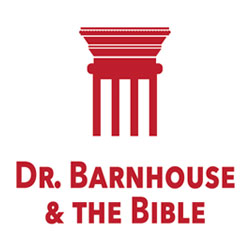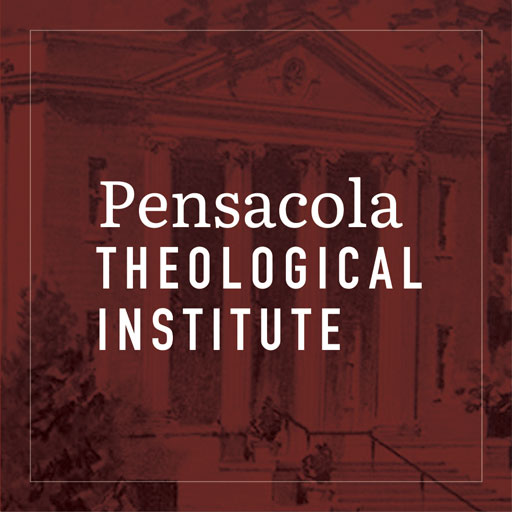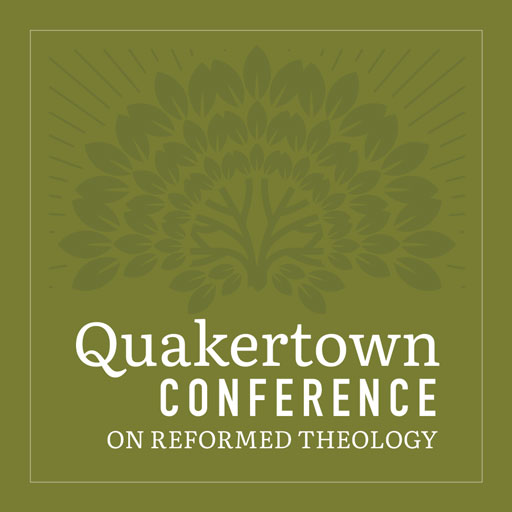
Anne Askew and Her Influence on the English Reformation
Anne Askew and Her Influence on the English Reformation
On July 16, 1546, Anne Askew was burned at the stake after suffering terrible tortures – the only woman on record to have tortured in the Tower of London. What caused such a fury against her?
Anne was born around 1521 to Sir William Askew and Elizabeth Wrothesley in Lincolnshire. Her father was a courtier at King Henry VIII’s court, and one of her brother was Henry’s cup bearer. Little is known of Anne’s younger years but, as most noble women of her day, she was well educated.
Anne was fifteen when her sister Martha died and Sir William, who had already paid the dowry to Martha’s fiancée, Thomas Kyme, decided to give him Anne instead. According to her early biographer, John Bale, she tried to be a submissive wife and loving mother to her two children, but her careful and faithful study of the Bible eventually convinced her of the truth of the Protestant teachings that were circulating at that time – a conviction she couldn’t hide.
Persecution at Home and in the Courts
This caused a major friction with Kyme who was a strict Roman Catholic, and it raised high suspicions in the church. “My friends told me, if I did come to Lincoln, the priests would assault me, and put me to great trouble, as thereof they had made their boast,” Anne said.
So what did she do? She went to Lincoln! “When I heard it, I went thither indeed, not being afraid, because I knew my matter to be good. Moreover I remained there nine days, to see what would be said unto me. And as I was in the minster, reading upon the Bible, they resorted unto me by two and two, by five and by six, minding to have spoken unto me, yet went they their ways again without words speaking.”[1]
Reading the Bible in public had been expressively forbidden to women in Henry’s 1543 Act for the Advancement of True Religion. Predictably, Kyme threw her out of their house.
Anne returned to London, this time to seek a divorce, which would have been granted in other similar cases of rejection by a husband. But, since she was under suspicion of heresy, the authorities kept her for interrogations.
While Henry VIII had made a break with the Church of Rome, he still held on to some Roman Catholic doctrines, further proclaimed in the Act of Six Articles. Denial of those doctrines was punishable by law. Specifically, denial of the doctrine of transubstantiation was punishable by death, with no possibility of recanting. Questioned about this doctrine, Anne couldn’t hide her beliefs.
On her first arrest, she was released on bail. A year later, she was again arrested and released. Finally, in 1546, she was tried and sent to Newgate Prison in London, where she was condemned as a heretic in a trial without the customary jury. For the last of these trials, Thomas Kyme was also convened, but Anne – who had reversed back to her birth name – refused to recognize him as her husband.
During the trial, she was asked a long list of questions, mostly about the Lord’s Supper, including “If the host should fall and a beast did eat it, whether the beast did receive God or no.”[2] Anne refused to answer, thinking it was a trick question.
She did, however, explain her views: “My belief, which I wrote to the Counsel, was this: that the sacramental bread was left to us to be received with thanksgiving in remembrance of Christ’s death, the only remedy of our souls’ recovery: and that thereby we also receive the whole benefits and fruits of his most glorious Passion. Then would they need know whether the bread in the box were God or no? I said, God is a spirit, and will be worshipped in spirit and truth, John 4.”[3]
Besides holding to what were then considered highly heretical doctrines, Anne was accused of spreading these views to others. She was also interrogated about her connections, including the circle of women around Katherine Parr, who was at that time suspected of sympathizing with the Protestant teachings.
Since she refused to give satisfactory answers on this matter, Sir Richard Rich and Lord Chancellor Wriothesley personally tortured her on the rack – an action that could not legally be performed against women. She still declined to incriminate anyone at court, thus saving their lives and reputations.
When Bishop Bonner, her main examiner, informed her that she was going to be burned, she replied, “I had searched all the Scriptures, yet could I never find that either Christ or his apostles put any creature to death.”[4]
Later, she took note in her diary, “Written by me, Anne Askew, that neither wish death, nor yet fear its might; and as merry as one that is bound towards heaven.”[5]
She was burned at the stake in Smithfield, outside London, together with other people who had been condemned as heretics: John Lascels, John Hadlam, and John Hemley. An eyewitness said she could barely stand, her body being out of joint because of the rack. She was around 25 years old.
Remembering Anne
But even in her death, Anne couldn’t be silenced, Her account of her imprisonment and tortures was published the same year by John Bale and widely circulated. It was later incorporated into John Foxe’s Acts and Monuments, which gave her an even wider readership.
From the start, Anne Askew has been depicted as either a gentle saint or an impertinent meddler, a victim (as in the 17th-century ballad, “I am a woman poor and blind”) or an agitator.
The greatest recognition she received might be a comment by Bathsua Makin, a 17th-century educator, who gave her credit for her role in the start of the English Reformation: “Mrs, Anne Askeu, a person famous for learning and piety, so seasoned the Queen [Katherine Parr] and Ladies at ourt by her precepts and example, and after sealed her profession with her book, that the seed of reformation seemed to be sowed by her hand.”[6]
“Being born of such stock and kindred,” Foxe said, “she might have lived in great wealth and prosperity, if she would rather have followed the world than Christ.”[7]
Instead, she concluded her account by saying, “O Lord! I have more enemies now, than there be hairs on my head: yet, Lord, let them never overcome me with vain words, but light thou, Lord, in my stead; for on thee cast I my care. With all the spite they can imagine, they fall upon me, who am thy poor creature. Yet, sweet Lord, let me not set by them that are against me; for in thee is my whole delight. And, Lord, I heartily desire of thee that thou wilt of thy most merciful goodness forgive them that violence which they do, and have done, unto me. Open also thou their blind hearts, that they may hereafter do that thing in thy sight, which is only acceptable before thee, and to set forth thy verity aright, without all vain fantasies of sinful men. So be it, O Lord, so be it!”[8]
[1] Foxe’s Book of Martyrs 209. Anne Askew https://www.exclassics.com/foxe/foxe209.htm
[2] Ibid.
[3] Ibid.
[4] Ibid.
[5] Ibid.
[6] Bathsua Makin, An Essay to Revive the Antient Education of Gentlewomen in Religion, Manner, Arts, and Tongues, with an Answer to the Objections against this Way of Education, London: J.D. 1673, 28.
[7] Foxe’s Book of Martyrs.
[8] Ibid.

























